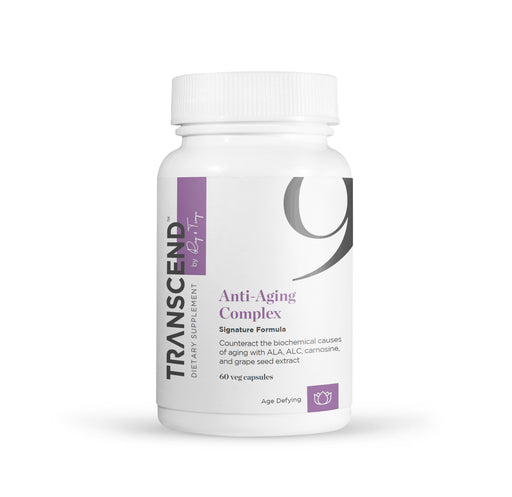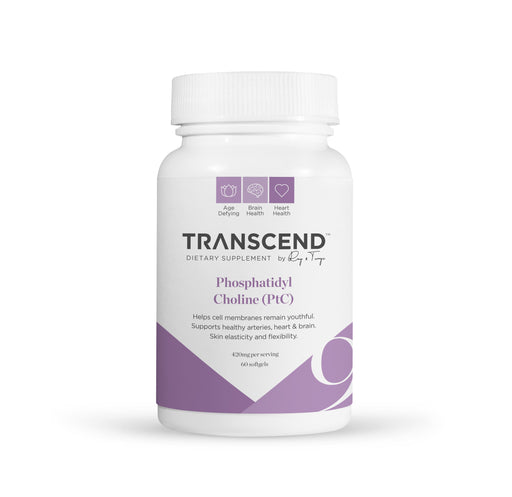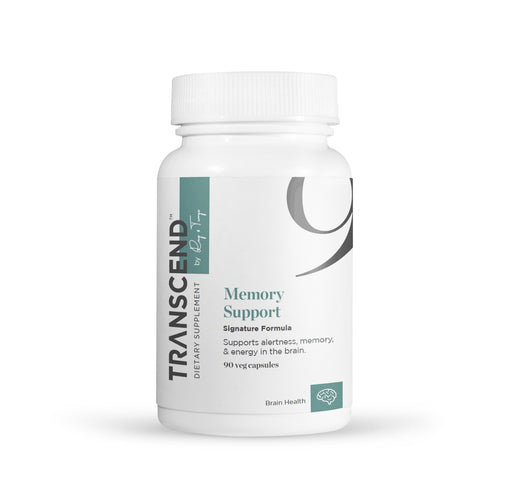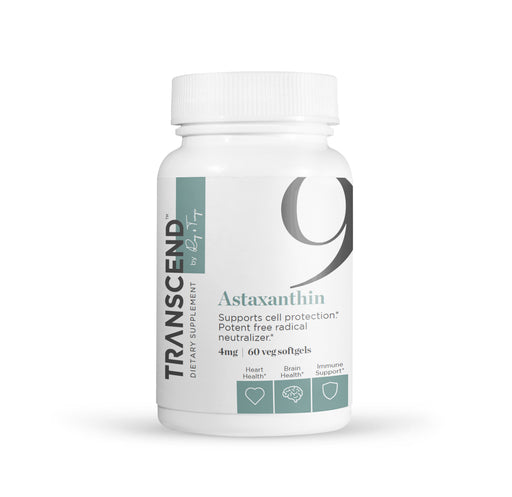
Anti-Aging Complex (ALA/ALC/Carnosine/GSE)
A Kurzweil + Grossman Formula Antioxidant and anti-aging protection Increase energy Fight aging Decrease wrinkles Cellular integrity Anti-Aging...
View full details
It's January, and we've just passed some of the year's biggest holidays. You've spent plenty of time with family and friends, and have stayed busy with activities and events for weeks now. The holiday season can be a blast, but it can also be exhausting.
It wouldn't be surprising if, in the wake of all the hustle and bustle, you find yourself facing the new year with more trepidation than excitement. Sometimes these feelings are more than just the "winter blues," though. If you've noticed significant changes to your mental health, you may be suffering from Seasonal Affective Disorder (SAD).
What is Seasonal Affective Disorder?
According to Psychology Today, "Seasonal Affective Disorder, or SAD, is a type of recurrent major depressive disorder in which episodes of depression occur during the same season each year." It's estimated to affect more than 10 million Americans every year, though women are more likely than men to be affected.
SAD can occur in the summer, but it's most often linked to the onset of fall or winter. SAD may be linked to changes in the amount of daylight we receive, which can upset our internal biological clocks and disturb neurotransmitter functions.
Symptoms of SAD can vary considerably from person to person, but can include:
More severe symptoms can include suicidal ideation and a loss of touch with reality. Seasonal depression should always be taken seriously, but if you're experiencing symptoms like these, be sure to talk to your doctor.
Treating Seasonal Affective Disorder
If you've been diagnosed with SAD or suspect that you're suffering from it, there are several steps that you can take to treat the symptoms.
Because SAD may be linked to a lack of sunlight, one of the most common methods of treating SAD is with light therapy, otherwise known as SAD lamps. Though there are many SAD lamps available, experts agree that a SAD lamp should have:
SAD lamps should be used in the morning for around 20 to 30 minutes every day. Daily light therapy should continue until enough natural daylight is available, even if your symptoms have reduced and your energy has returned.
Supplements to Treat SAD
Light therapy isn't the only suggested treatment for SAD, though. Some studies have linked vitamin D deficiency with mental health conditions. They note that vitamin D levels in the body fluctuate with the changing seasons in response to available sunlight and appear to coincide with the onset of SAD. Vitamin D deficiency can take months to address, though, so it's best to start early to help your levels return to normal.
B-Complex vitamins can also help your body produce the neurotransmitters needed for mood and energy. The NIH Office of Dietary Supplements recommends vitamins B6, B9, and B12. B-vitamins can be found in beef, poultry, tuna, dark leafy vegetables, and other natural sources. However, strict vegans should note that B12 is not available from plants.
Try TRANSCEND's Vitamin B-Complex
Is It Just the Winter Blues?
If you've visited your doctor and they've determined you're not suffering from SAD, you may still be feeling a bit blah. If it really is just a case of the winter blues, there are a few simple steps you can take to address your mood.
Try:
Make Your Health a Priority
Whether you suspect you're struggling with Seasonal Affective Disorder or just a case of the winter blues, make sure to talk to your doctor before making any substantial changes to your diet or lifestyle. You don't have to suffer in silence—there are treatments available to keep you happy and healthy for this year and beyond.

A Kurzweil + Grossman Formula Antioxidant and anti-aging protection Increase energy Fight aging Decrease wrinkles Cellular integrity Anti-Aging...
View full details
Improve skin elasticity Cell membrane flexibility Support memory function Healthy brain tissues Phosphatidylcholine (PtC) is a flexible phospho...
View full details
Improve short- and long-term memory Reduce stress levels Sharpen your cognitive performance Promote circulation and energy in brain Ray & ...
View full details
Healthy Eyes, Brain and Nervous System Potent carotenoid antioxidant Promotes healthy anti-inflammatory response Formulated with Zanthin® for eye...
View full details